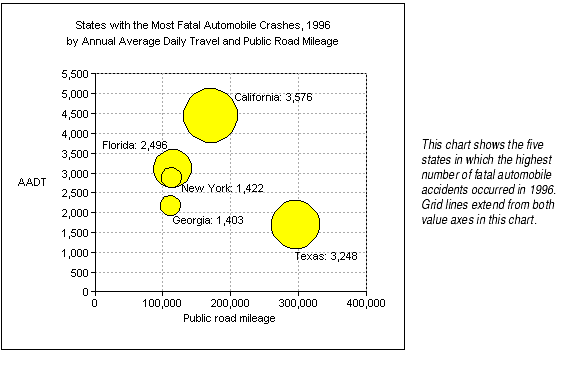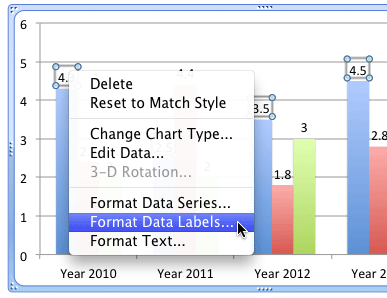

View looks cluttered with the Measure Names headers showing. For example, the view below shows both the salesĪnd profit for each region along a single axis. Hiding headers can be useful when you are working with Select the field in the view whose headers you want to Right-click (control-click on Mac) the headers in the view and select Show You can show and hide row and column headers at anytime. For example, in the viewīelow the column headers show the members of the Order Date fieldĪnd the row headers show the members of the Sub-Category field. Member names of each field on the shelves. Headers are created when you place a dimension or discrete field on the Rows shelf Captions can be automatically generated and can be toggled on and off.Īlso see information on Cells and Panes.

Captions - Text that describes the data in the view. By default, Tableau generates a continuous axis for this data. Axes - Created when you add a measure (fields that contain quantitative, numerical information) to the view. For example if you use shapes or colors in your view, the legend describes what each shape or color represents.Į. Legends - A key that describes how the data is encoded in your view. Marks can be represented using lines, bars, shapes, maps and so on.ĭ. Marks - The data that represents the intersection of the fields (dimensions and measures) included in your view. Titles display automatically for worksheets and stories and you can turn them on to display them in your dashboards.Ĭ. Titles - The name that you give your worksheet, dashboard, or story. For example, Category is a discrete field that contains three members Furniture, Office Supplies and Technology.ī. Field Labels - The label of a discrete field added to the row or column shelf that describes the members of that field. Show or hide Titles, Captions, Field Labels, and Legends.Ī. A table is a collection of rows and columns,Īnd consists of the following components: Headers, Axes, Panes,Ĭells, and Marks. Views can optionally include tooltips, titles, captions, field labels, and legends. Every view has a table in some form, which may include rows, columns, headers, axes, panes, cells, and marks. You can show or hide parts of the view as needed (described below). This section describes the basic elements of views


 0 kommentar(er)
0 kommentar(er)
